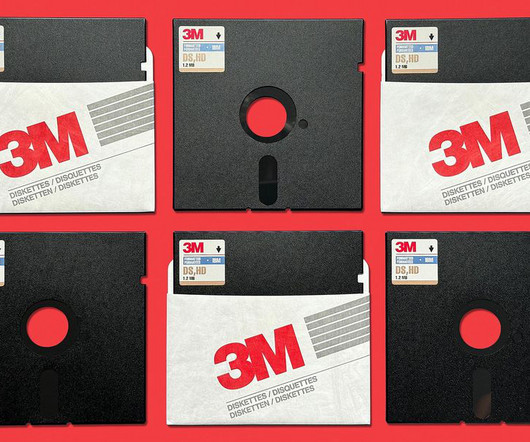USABC awards $5.48M Li-ion PHEV battery technology development contract to Johnson Controls
Green Car Congress
APRIL 10, 2012
USABC awarded the contract to continue Johnson Controls’ development of lithium-ion battery technology for plug-in hybrid electric vehicle (PHEV) applications to meet USABC goals for low-cost, long-life, high-power and high energy vehicle systems. The improved energy density is aimed at reducing cost, volume and mass.











Let's personalize your content